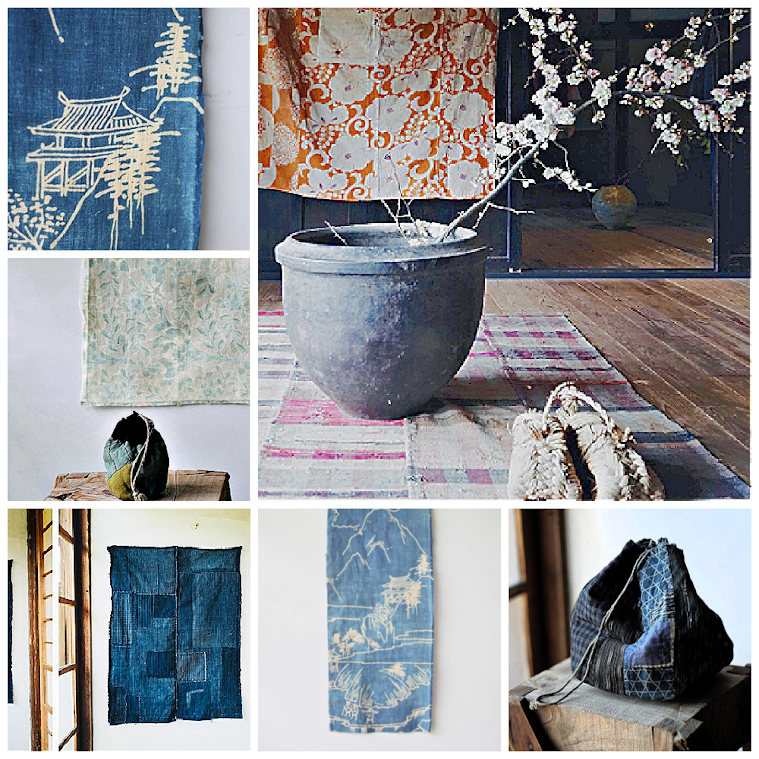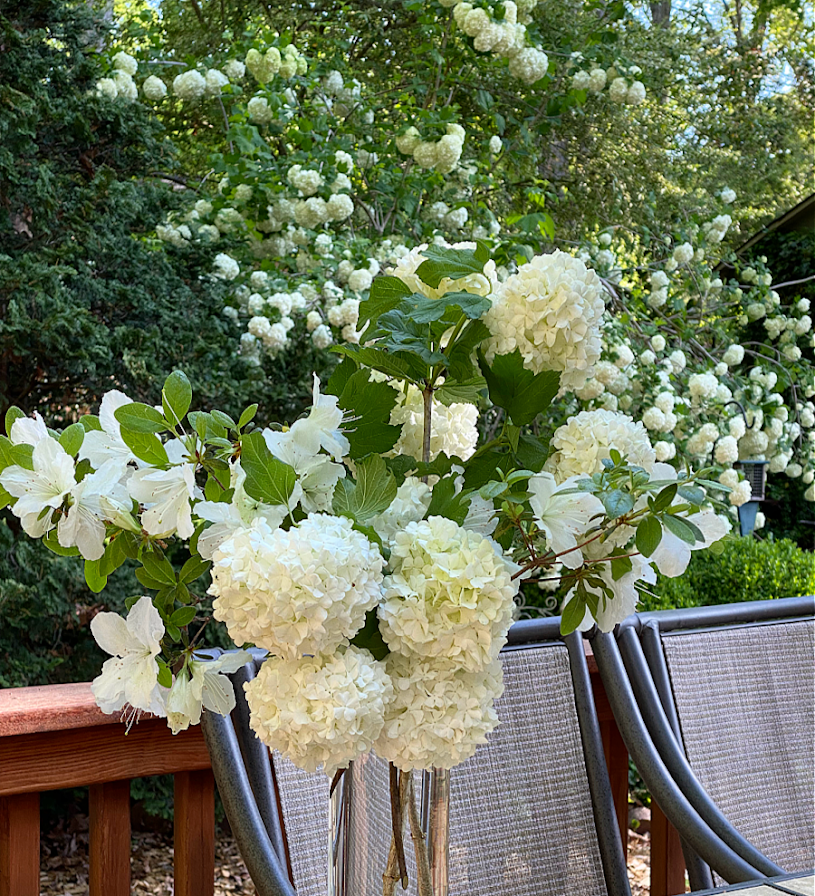Are you watching the stunning, atmospheric TV series Pachinko?
Have you read the book?
When I discovered Min Jin Lee's book a couple of years back, I
realized there was a Korean-Japanese history I had yet to learn about.
Her well-researched story is beautiful in a somewhat sad and
desolate way, and it is not an easy read. It follows a Korean
family who escape death from starvation when Japan occupies
Korea in 1910. They then migrate to make a life in Japan where they
face prejudice and persecution, and the story of the family continues
through the early '90's.
The TV series is awesome but probably easier for those who first
read the book, as I did. Bob is enjoying it very much but finds it
somewhat difficult to follow the back and forth between the years the
story covers with the mix of subtitles and dubbing.
Visually it is wonderful, some scenes breathtaking, and all the actors
are beyond excellent.
Here is the official trailer - it is worth watching.
https://www.youtube.com/watch?v=O1r5XXJOYNA

Watching Pachinko I fell in love with the traditional Korean women's clothes
named hanbok.
All those years of dressmaking and sifting through bolts of cloth, first as a
child with my seamstress mother, later on my own, I noted the
fabrics - which appeared to be soft almost gauze weight cotton - of the
short jeogori jackets with fabric ties, chima wrap skirts, and the padded
Po coats worn by the main character, Sunja. Being a commoner she wore
mostly white and pale shades of pink, green and gray.
"Hanbok was worn daily up until just 100 years ago, it was originally designed to facilitate ease of movement. But now, it is only worn on festive occasions or special anniversaries.
Women's traditional hanbok consist of jeogori, which is a type of jacket, and chima, which is a wrap around skirt that is usually worn with a petticoat underneath. There are also additional outer layers, such as the Po which is an outer coat, or robe, jokki which is a type of vest and magoja which is an outer jacket worn over jeogori for warmth and style.
The color of hanbok symbolized social position and marital status. Bright colors, for example, were generally worn by children and girls, and muted hues by middle aged men and women. Unmarried women often wore yellow jeogori and red chima while matrons wore green and red, and women with sons donned navy. The upper classes wore a variety of colors. Contrastingly, commoners were required to wear white, but dressed in shades of pale pink, light green, gray and charcoal on special occasions.
Also, the status and position can be identified by the material of the hanbok. The upper classes dressed in hanbok of closely woven ramie cloth or other high grade lightweight materials in warmer months and of plain and patterned silks throughout the remainder of the year. Commoners, in contrast, were restricted to cotton. Patterns were embroidered on hanbok to represent the wishes of the wearer. Peonies on a wedding dress, represented a wish for honor and wealth. Lotus flowers symbolized a hope for nobility, and bats and pomegranates showed the desire for children. Dragons, phoenixes, cranes and tigers were only for royalty and high-ranking officials."

My 'gauze' garments are mostly linen/cotton blend scarves and the
linen kimono style jacket on the right.
They somewhat nudged me into writing this post.
I've been taking summer clothes out of storage ready for the hot days
ahead here in humid North Carolina. . . . . . . . and, hopefully, for my
June trip home to England when lightweight scarves will help dress up
the limited wardrobe stuffed into that one suitcase!!!
Lovely Asian fabrics bring back my memories of traveling to that very
interesting part of the world. I've spent time in Japan, but sadly I've
only been to South Korea briefly (a stopover from San Francisco) at
Incheon International Airport in Seoul - definitely one of the finest airports
in the world, and on the best airline I've ever flown, South Korea's Asiana.
There I boarded Thai Airways and flew on to Bangkok, Thailand, followed
later by a marvelous visit to Vietnam. . . . . a really amazing trip.
If you've spent time in South Korea I'd love to hear about it.











.png)
.png)
.png)



.jpg)
.jpg)
.jpg)

.jpg)



.png)







.png)


.png)



























































































